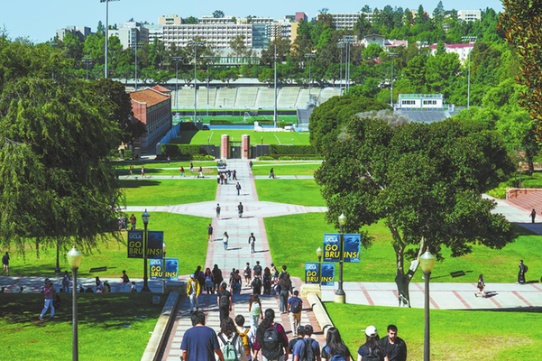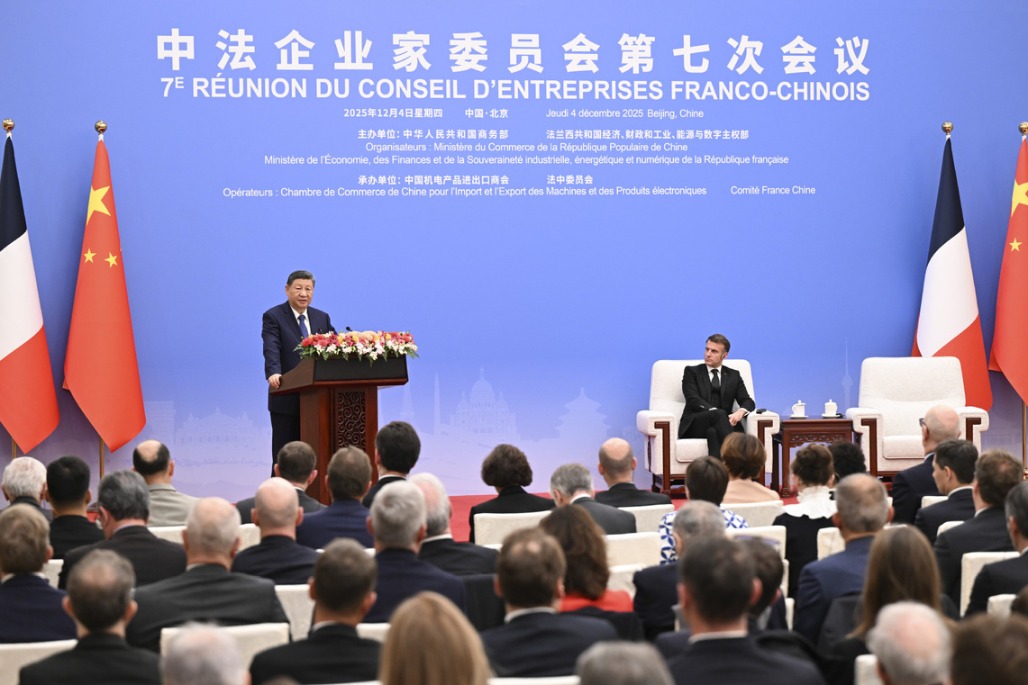To live with the virus or not is the question
By Wilson Li, Tina He | chinadaily.com.cn | Updated: 2022-03-03 14:35

With the world entering the third year of the COVID-19 pandemic, many are gradually recognizing that the virus and its potential variants would be difficult to eliminate despite the progress achieved in the prevention and control of the virus outbreak, vaccines, drugs and adjuvant treatment. In the meanwhile, tired of various restrictive measures that inevitably affect the normal production, communication and life, some people unconsciously pay special attention to and amplify the inconveniences and burdens caused by the steps and overly exaggerate the preventive effect of the vaccines, but unknowingly underestimate and even ignore the potential harm and economic loss resulting from the policies allowing the virus transmission.
In September 2021, the United Kingdom government said that "the country is learning to live with COVID-19". Echoing this approach, many governments have already relaxed or intend to. Facing great uncertainties about the virus and its variants, this critical moment calls for the scientific views and evidence from the scientists and doctors around the world.
In the past two years, the strategies, policies and measures in response to the COVID-19 pandemic vary across countries with different impacts on lives and economies. Below is the contrast between the UK and China in handling the COVID-19 pandemic hopes to complement scientists' viewpoint.
From March 2020 to the present, the UK has experienced three waves of the COVID-19 attacks. When the WHO characterized the COVID-19 as a pandemic, some scientists in the UK suggested to establish a group immune barrier, and Prime Minister Boris Johnson announced that "[we've] done what can be done to contain this disease." When the pandemic spread quickly, he said that "I must level with you, level with the British public, many more families are going to lose loved ones before their time".
Given the record-high 1,035 infections and 58 deaths on the previous day, on March 23 2020, the UK government took the action of lockdown and the tier-four measures. The epidemic in the UK reached the first peak in April 2020. On June 23, 2020, Boris Johnson announced the easing of the lockdown restrictions despite 8,432 new cases and 497 new deaths in the previous week. In the first wave of the pandemic, the UK reported 305,293 confirmed infections and 39,892 deaths. However, the pandemic did not stop as expected but rebounded with the new variant. The UK government had to adopt lockdown and tier-four restrictions in many areas from December 19, 2020, for the second time. The second wave peaked in January 2021. The UK government reopened the economy and lifted the restrictions gradually between March and July 2021, and began to propose that "the main line of defense is now vaccination rather than lockdown". As of March 1, 2021, the second wave of the pandemic cost the UK 3,871,265 infections and 82,957
deaths.
As Omicron variant spread, the UK government tightened up the control measures from December 8, 2021, for the third time. With the justification that "our scientists believe it is likely that the Omicron wave has now peaked nationally", the UK government decided to relax the control measures from January 19, 2022. In the third wave of the pandemic, the infection cases and deaths were 11,222,746 and 29,664, respectively, as of January 19, 2022.
In addition, the UK economy was affected substantially by the COVID-19 pandemic, and the GDP growth rates were 1.4 percent in 2019 and -9.8 percent in 2020.
In contrast, China has not experienced the second or third wave of the epidemic. From the very beginning of the first wave, China has put people's life as top priority. To ensure the effectiveness of the prevention and control measures and the medical treatment, the policies of "four early" (screening, reporting, quarantine and treatment at early stage) and "four concentration" (concentration of patients, experts, resources and treatment) were implemented. In order to solve the shortage of local medical personnel resources, as of Feb 14, 2020, a total of 217 medical teams and 25,633 medical staff members had been sent from various provinces to Hubei province. The first wave of the outbreak peaked on February 14, 2020, and the infection cases and deaths in China were 80,859 and 3,101, respectively, in the first wave.
Since then, the top priority of the Chinese government in response to the COVID-19 is to prevent imported cases and the rebound of the epidemic within the country. For sporadic outbreaks, China requires local officials to take precise control measures in order to achieve dynamic minimum clearing (zero-COVID). When the COVID-19 resurgence successively hit some local areas in China, the epidemic areas were required to implement quick and decisive measures to raise efficiency of nucleic acid tests and accelerate epidemiological investigations in order to confirm infected people and block the spread, and to treat every patient carefully and specifically with their nutrition and mental health ensured. As a result, the resurgence was quickly controlled.
There were 55,841 confirmed cases and 2,599 deaths from March 8, 2020, to January 21, 2022. China's economy benefits from successful epidemic control, as normal production and life activities are maintained in most places at most times in China. The percentage changes of GDP in China were 5.95 percent in 2019 and 2.34 percent in 2020.
Now Omicron variant continues to break out. In contrast to some countries where the policy of living with COVID-19 is implemented with high infection and death rates, China has taken precise, effective and scientific prevention and control measures, such as closed-loop management, and has successfully held the Beijing Winter Olympic Games. During the Games, the athletes, coaches, workers and media of various countries were provided with venues, facilities and environment for normal competition, communication and life, and ensured no risk of infection by the virus while the work and life of the Chinese residents in the surrounding areas remained normal.
Today, human civilization, government governance, science and technology are highly developed, and it is a matter of choice for policymakers of all countries to either live with the virus through natural group immunization or group immunization with the assistance of limited vaccines, or give full play to all aspects of human wisdom and advanced science and technology to prevent and control the spread of the epidemic.
Wilson Li is a professor and Tina He is an associate professor with Division of Business and Management, BNU-HKBU United International College.
The opinions expressed here are those of the writer and do not necessarily represent the views of China Daily and China Daily website.
If you have a specific expertise, or would like to share your thought about our stories, then send us your writings at opinion@chinadaily.com.cn, and comment@chinadaily.com.cn.
























